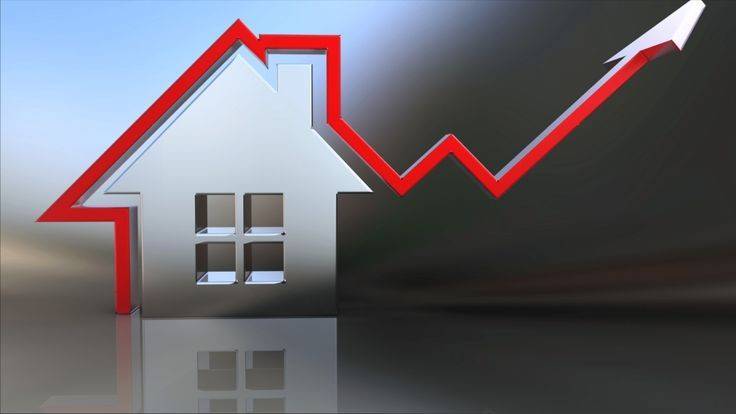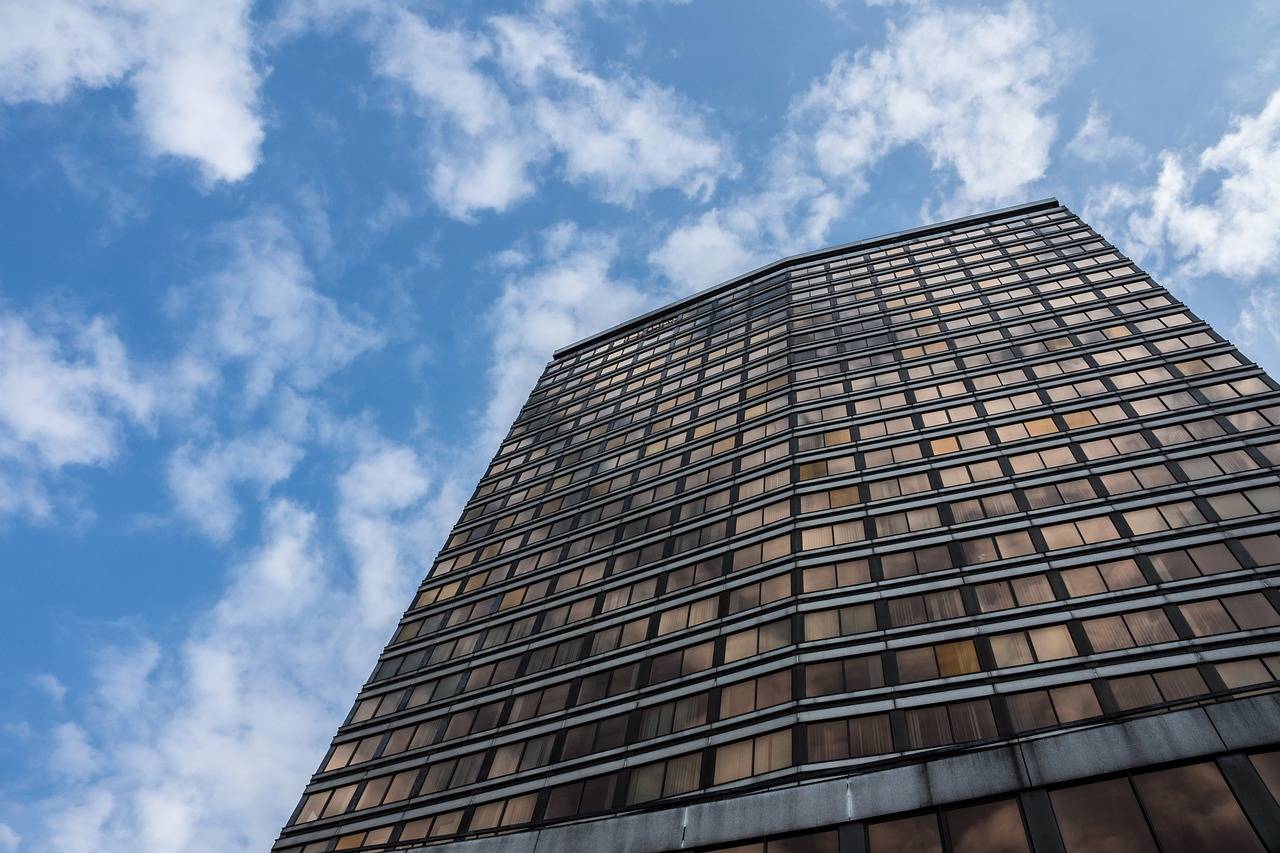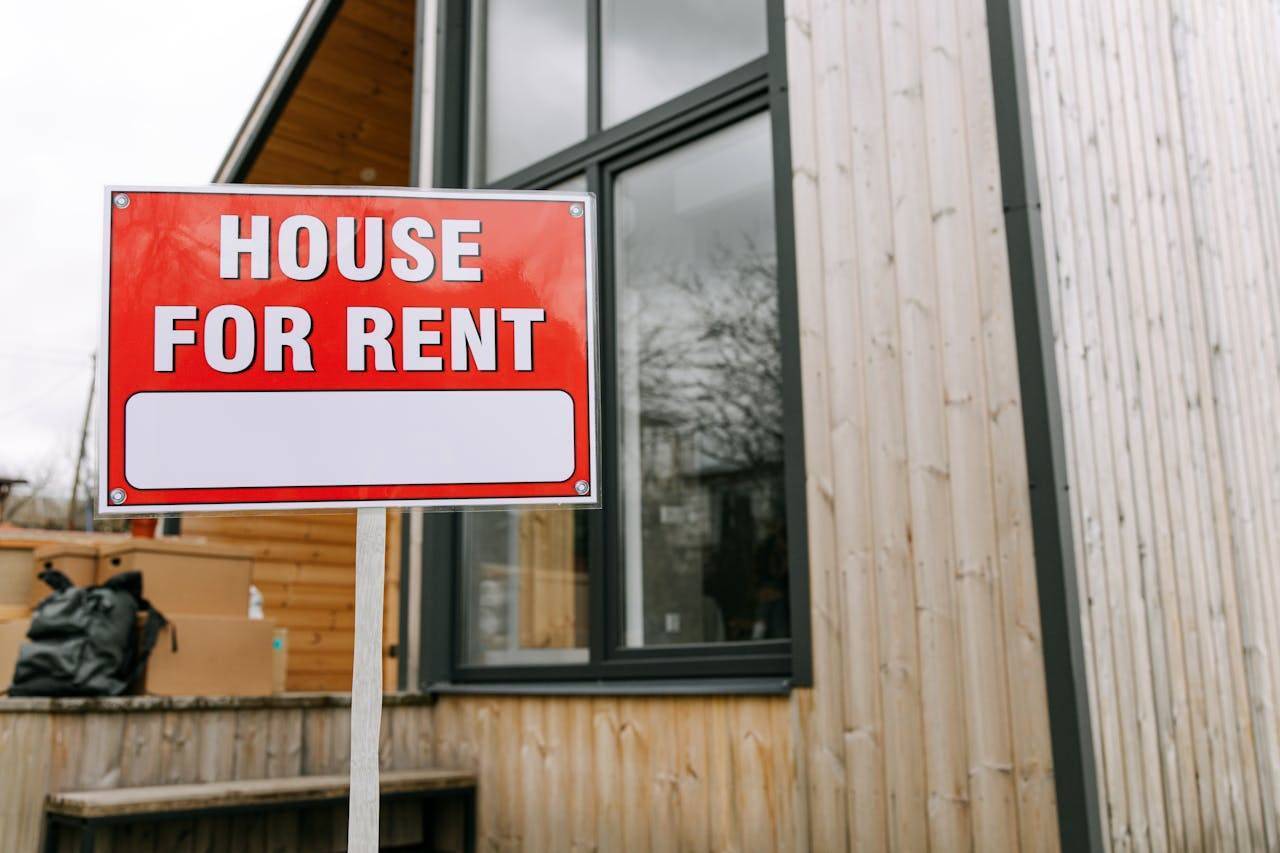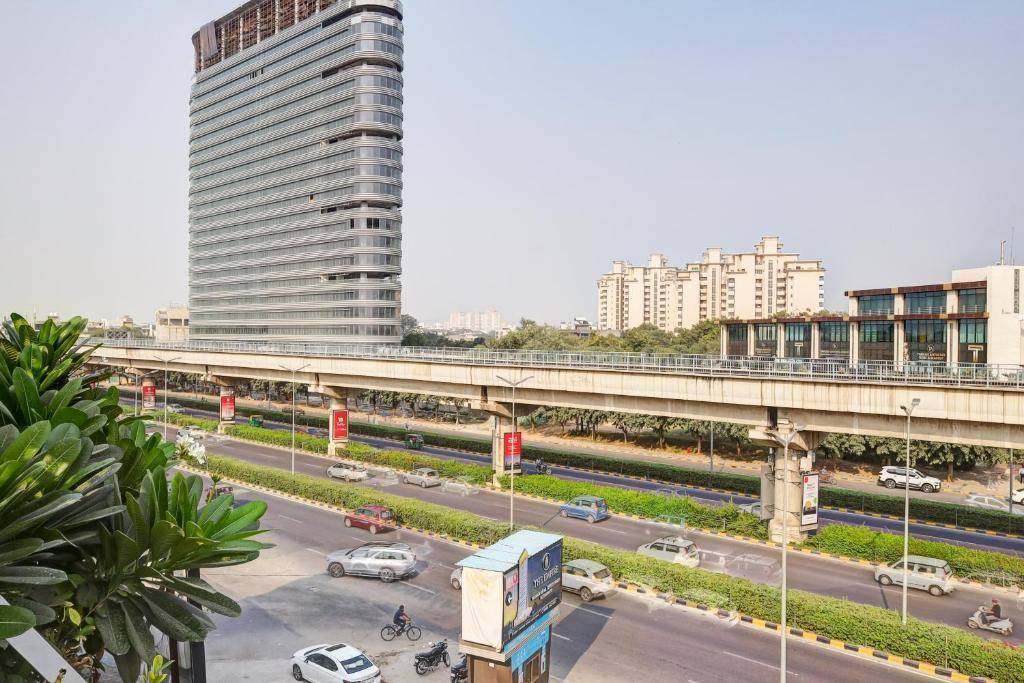On July 22, 2024, the Economic Survey, tabled in Parliament by Union Finance Minister Nirmala Sitharaman, highlighted the promising outlook for the real estate sector in India. The report underscores the sector’s integral role in the economy, accounting for over seven percent of the overall Gross Value Added (GVA) over the past decade. The survey also points out the substantial growth trajectory anticipated for the housing industry, driven by urbanization and supportive government schemes, but notes that stalled projects pose significant challenges.
Real Estate Sector’s Recovery and Growth
The Economic Survey reveals that the real estate sector has shown resilience and recovery post-pandemic. Factors such as rapid urbanization, governmental support through initiatives like the Pradhan Mantri Awas Yojana (PMAY), and various affordable housing schemes have contributed to this positive trend. Notably, the first quarter of 2024 witnessed record-breaking sales of 1.2 lakh housing units, marking a robust 41% year-on-year (YoY) growth.
In 2023, residential real estate sales in India reached their highest levels since 2013, with a 33% YoY increase, totaling 4.1 lakh units sold across the top eight cities. The year also saw unprecedented new supply, with 5.2 lakh units launched compared to 4.3 lakh in 2022. This momentum continued into early 2024, indicating a strong demand-supply dynamic in the housing market.
Housing Demand and Supply Dynamics
The survey emphasizes that the housing sector’s growth is significantly influenced by affordability and access to credit. The Pradhan Mantri Awas Yojana-Urban (PMAY-U), launched in 2015, has played a pivotal role, sanctioning over 1.2 crore houses for urban beneficiaries. Policy reforms like the Goods and Services Tax (GST), Real Estate (Regulation and Development) Act (RERA), and the Insolvency and Bankruptcy Code (IBC) have further bolstered transparency and investor confidence.
New housing supply has consistently exceeded one lakh units since the second quarter of 2022. This steady supply reflects persistent demand in the housing market. The growing demand for housing loans is another indicator of the sector’s vitality. According to Crisil, the housing loan market in India grew at a compound annual growth rate (CAGR) of approximately 13% from FY18 to FY23 and is expected to continue growing at a CAGR of 13 to 15%, reaching ₹42 lakh crore to ₹44 lakh crore by FY26.
Innovations and Initiatives
The National Housing Bank (NHB) has introduced a Residential Mortgage-Backed Securities (RMBS) platform to address limitations in funding options. This platform aims to attract long-term resources from diverse investor groups, including Pension Funds and Insurance Funds, to support the expansion of housing finance and deepen the debt market for primary mortgages. The RMBS platform is expected to reduce asset-liability mismatches for lending institutions, ensuring adequate liquidity in the housing finance sector.
Housing loans as a percentage of GDP have increased from FY12 to FY24. Traditionally, banks have been the major players in the housing finance sector, but Housing Finance Companies (HFCs) have also significantly contributed over the years. The share of outstanding housing loans as a percentage of total loans of HFCs stood at 70.8% as of March 31, 2024.
Supportive Government Policies and Reforms
Government initiatives like the Affordable Housing Fund and the Special Window for Affordable and Mid-Income Housing (SWAMIH) Investment Fund have been instrumental in supporting affordable housing projects. The PMAY(U)-Credit Linked Subsidy Scheme, which offers interest subvention, has been a key demand-side driver, with the NHB releasing ₹49,460.1 crore in subsidies benefiting over 21.1 lakh households by March 2024.
The co-lending model, which combines bank liquidity with HFCs’, aims to extend housing credit to a broader segment, including low-income groups. The Urban Infrastructure Development Fund, managed by NHB with an initial corpus of ₹10,000 crore, is expected to improve urban infrastructure and attract real estate investment.
Challenges: Legacy Stalled Projects
Despite the optimistic outlook, the Economic Survey acknowledges a significant hurdle: the prevalence of stalled real estate projects. Approximately 4.1 lakh stressed dwelling units, involving around ₹4.1 lakh crore, are currently affected, as estimated by the Indian Banks' Association (IBA). These stalled projects represent a major challenge, impacting the sector’s overall growth and development.
The survey highlights that the resolution of these stalled projects is crucial for the sector's sustainable growth. The Ministry of Housing and Urban Affairs (MoHUA) has established a committee to address this issue. The committee’s findings indicate that the primary causes of project delays include financial viability issues, cost overruns, and delays. Recommendations from the committee include mandatory project registrations with the Real Estate Regulatory Authority (RERA), execution of registration and sub-lease deeds for occupied units, and state government-led rehabilitation packages.
Future Outlook and Strategic Recommendations
The survey projects a positive outlook for the real estate sector, driven by increasing urbanization. By 2050, half of India’s population is expected to reside in urban regions, up from 31% in 2011. This demographic shift underscores the need for adaptive strategies and policies to meet the rising demand for housing.
Digitization of land records is anticipated to enhance transparency in land transactions, reduce property ownership conflicts, and improve land management efficiency. The implementation of a single-window clearance system for construction approvals is expected to streamline and expedite construction processes, minimizing delays and uncertainties.
The growing emphasis on sustainability and technology is set to influence the real estate sector significantly. Sustainable practices, such as green construction and energy-efficient designs, are gaining prominence. Additionally, technological advancements are expected to revolutionize smart homes and data-driven insights. Focus areas will include energy-efficient systems, rainwater harvesting, and smart building technologies.
Conclusion
The Economic Survey 2024 paints an encouraging picture for the Indian real estate sector, with substantial growth prospects driven by urbanization, supportive government policies, and increasing demand for affordable housing. However, addressing the challenge of stalled projects and adapting to evolving trends in sustainability and technology will be crucial for sustaining this growth trajectory. The sector’s ability to navigate these challenges and leverage emerging opportunities will determine its future success in contributing to India’s economic development.
Image source- Pinterest









.png)